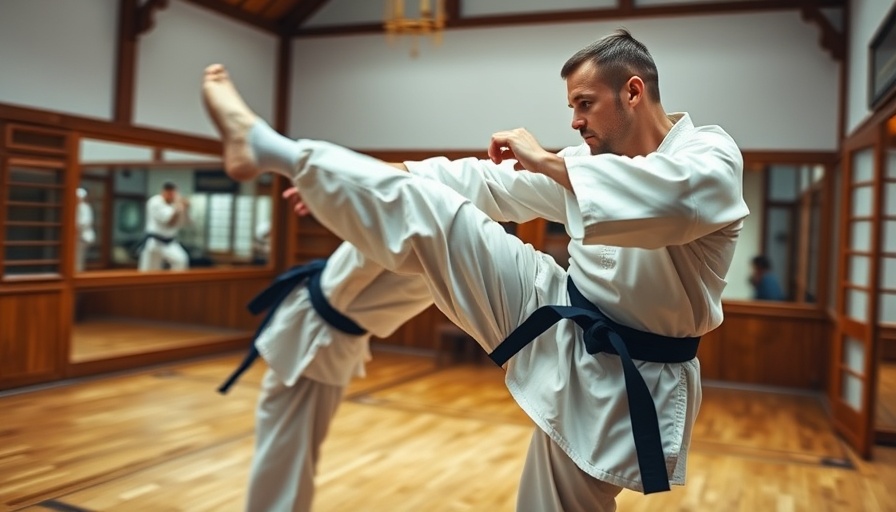
Protecting Our Fighters: Injury Prevention in Martial Arts
As the atmosphere buzzes with excitement at local dojo practicing karate, judo, or taekwondo, the importance of injury prevention and recovery becomes increasingly relevant. With the start of sports seasons, athletes of all skill levels face the risk of sprains, strains, and other injuries, which can be especially challenging for martial artists who rely on their physicality to excel. But understanding how to mitigate these risks can help keep our martial artists safe and in the game.
Understanding Common Injuries in Martial Arts
In traditional martial arts like karate, injuries often stem from repetitive motions and high-intensity impact. Common injuries include sprains, muscle strains, and sometimes fractures. According to athletic trainers and rehabilitation experts, preventative training drills are key to minimizing these risks. For example, incorporating flexibility and conditioning exercises into training routines can significantly enhance physical resilience and prepare the body for the physical demands of martial arts.
Combat Training Safety Routines: The Power of Prevention
Implementing combat training safety routines is essential to injury mitigation. These routines should focus on developing proper techniques, strengthening target muscle groups, and ensuring optimal body mechanics during training. Instruction in proper protective gear usage can also enhance safety during sparring sessions.
Conditions for Recovery: Ensuring Safe Practice Methods
Just as critical as prevention is a solid recovery plan for any injuries sustained. Martial artists should embrace recovery methods such as adequate rest, physical therapy, and nutritional support tailored to their sport. For instance, after a physically demanding training session, athletes should engage in cooldown exercises, and stretching routines to assist muscle recovery and flexibility.
Strategies for Mental Focus and Injury Avoidance
Mental preparation plays a foundational role in martial arts, influencing everything from performance to self-defense preparedness. By cultivating a focused mindset, athletes can better evaluate risks in training and sparring activities, reducing accidents that lead to injuries. Incorporating mental exercises aimed at enhancing focus and awareness can foster a safer training environment.
Community Engagement: Creating a Network of Support for Injury Prevention
Building a community that prioritizes injury prevention and recovery can empower martial artists. Involving parents, coaches, and students in workshops focused on injury awareness training and safety techniques helps create a culture of safety. Regular seminars led by seasoned injury reduction coaches will educate all involved on best practices, ensuring that everyone understands the importance of protecting their bodies while training.
Practical Insights: Effective Martial Arts Conditioning for Injury Reduction
Conditioning exercises specifically designed for martial arts can significantly reduce the prevalence of injuries. Integration of exercises aimed at strengthening joints, increasing flexibility, and improving overall stamina should be a non-negotiable part of training programs. Engaging in sports injury risk assessments will help tailor fitness routines suited to the needs of individual athletes.
Call to Action: Prioritize Safety in Your Martial Arts Training
As we celebrate the art and discipline that martial arts instill, let’s not forget to prioritize the health and safety of every practitioner. Whether you are a seasoned black-belt or a beginner just stepping into the dojo, focusing on injury prevention and recovery is vital. Engage in discussions about safety with your instructors, parents, and fellow students. Take charge of your training journey by integrating injury prevention drills and recovery protocols into your regimen today!
 Add Row
Add Row  Add
Add 




Write A Comment